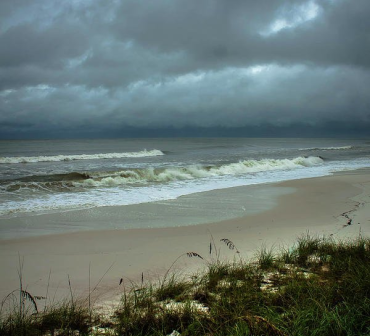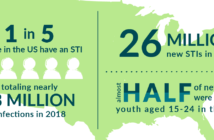Hurricane Matthew, a whopping category 4 hurricane, swept through Florida two weeks ago. This storm caused crippling damage to certain areas. In fact, Matthew flooded much of the state, particularly St. Augustine and Fernandina Beach. Weather.com reports that St Johns River in Palatka, Fl reached its’ highest level in known history due to this extreme flooding.
Prior to Hurricane Matthew, Florida was hit by Hurricane Hermine. Hermine directly affected Pasco County. This storm caused nearly one billion dollars in damage in this area alone, according to WFLA.
The damage caused by these storms was more severe than many residents realize. The past two hurricanes to crash through the Atlantic have together killed ten Florida residents, with Matthew killing nine Floridians, according to ABC News and Hermine killing one Floridian, according to KTLA.
Florida is believed to be notorious for attracting disastrous storms during this time of the year; however, Florida has not experienced a major hurricane since Hurricane Wilma in 2005. The Washington Post and The Sun Sentinel report that Hurricane Wilma was a disastrous tropical storm that escalated to a category 5 hurricane in less than 24 hours, killing 25 people. Many people may wonder how Florida avoided major hurricane hits for over a decade.
There are many theories to explain this past lack of Floridian hurricanes, but there is no certain answer. The American Geophysical Union, for example, believes that Florida has only been struck by good fortune. These researchers point out the number of hurricanes that have still occurred in other areas on U.S. soil during these years. The National Centers for Environmental Information states that some of these hurricanes, such as Hurricane Ike and Hurricane Sandy, cost billions in damage.
Another possible factor in this period with no major hurricanes is the natural phenomenon of El Niño and La Niña. According to the National Ocean Service, El Niño and La Niña are unusual weather patterns that can affect the hurricane season. El Niño warms central and eastern Pacific waters, while La Niña cools these waters. The warming of these waters strengthens western winds and weakens eastern winds, possibly eradicating many Atlantic hurricanes. When the opposite occurs, these winds may help to fuel potential Hurricanes. This cycle of warming and cooling waters is called ENSO, or The El Niño-Southern Oscillation.
“The ENSO cycles largely affect the rainfall patterns over Indonesia, and there have been some very powerful storms in the Pacific in recent years,” said Jacqueline Robbins, a Chemistry and Physical Science professor. “There is a third neutral condition, midway between the two extremes of La Niña and El Niño, but these currents don’t act alone. They are coupled, in other words, the conditions require changes in both the ocean and the atmosphere. I think our weather is influenced more by the Ocean currents in the Atlantic (OMAC) and the winds in the northern hemisphere, helped by the stronger easterly winds of the La Niña.”
Last year, the globe experienced a particularly strong El Niño, called a Super El Niño. It is believed that the stronger this weather pattern is, the stronger its counterpart La Niña will be. Our recent change into La Niña might explain the Atlantic’s sudden burst of hurricanes, and could mean that there are more to come, according to the National Ocean Service. In fact, Experts predict for 14 named storms to form in the Atlantic basin this year alone.
If more of these destructive hurricanes are to hit Florida many residents possibly will be unprepared and devastated. Since 2005, Florida’s population has been rapidly expanding. In fact, Florida gained more than one million residents, particularly in the coastal regions, according to the Tampa Bay Times. This leaves much of the population inexperienced with severe storms and unprepared for such weather.
While there is no immediate cause for panic, the close succession of major hurricanes may encourage Florida residents to be cautious and to prepare for the hurricane season. It is suggested that in the case of a storm to prepare three days’ worth of food and water and, if possible, to store a generator to power appliances such as refrigerators, freezers, lamps, and fans during a power outage. For resident Saint Leo students, Residence Life has also created a Hurricane Preparedness Guide, which provides safety precautions to take in case of a hurricane as well as lists shelters available on campus.





